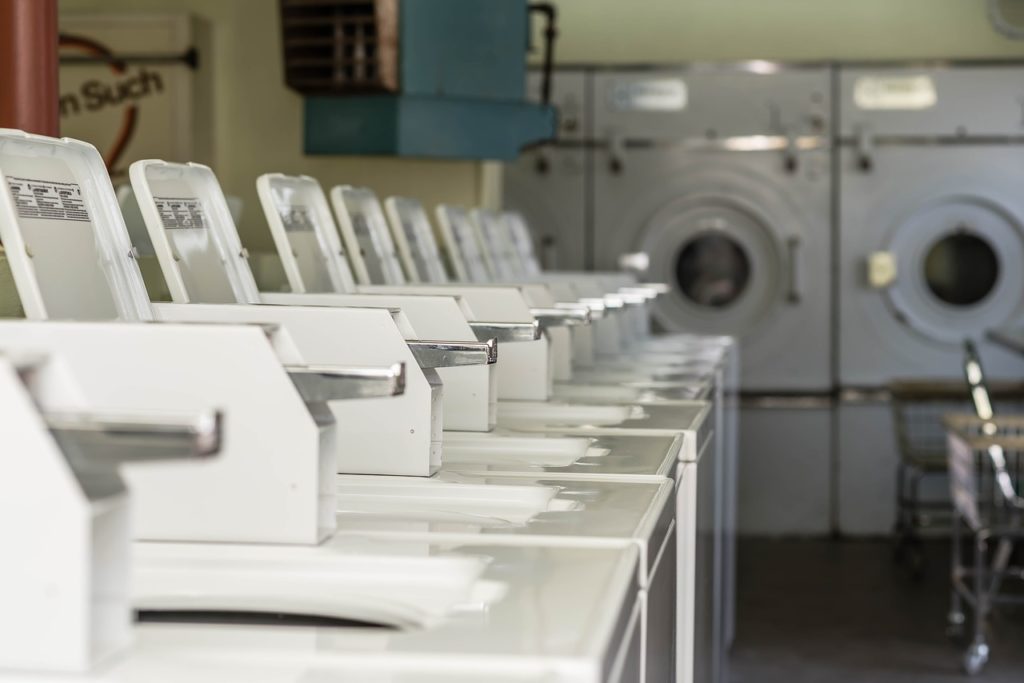Equipment maintenance and care reduces costs and ensures that the machines are ready whenever they leave the storage room.
A few extra minutes every day is all it takes to protect most cleaning machines. It is worth the effort because clean and serviced equipment will be more efficient and produce better results. Here are five tips that any team can use to protect their machines.
1. Empty, rinse and dry any machines that use water
Wet vacuums, floor scrubbers and other similar pieces of equipment are at risk of bacteria, mold and mildew growth if they stay dirty and wet all the time. Not only will the machine smell bad, but the pathogens it harbors can spread when the equipment is in use. Clean filters and leave lids open to allow them to air dry. Remove and rinse any tanks, sponges, and hoses.
Remove any wet soil from hoses or anywhere in or on the equipment. Once the dirt is dry it will harden and become difficult to remove. It can also cause clogs in the machine that reduce water flow or that prevent air circulation.
2. Keep floor buffers ready for use
Wipe all buffers down completely after every use. Keep the squeegees or brushes immaculate to prevent streaks or scuffs on the floors when the machine is in use. Replace or clean the pads or clean the cylinders (depending on the style of the machine) regularly. Lubricate the handle assembly to keep it working smoothly.
3. Protect dry vacuums from building odours and overheating
Always inspect the rollers and pads on dry vacuums after use to remove any debris. Rollers can stop working if lint, hair or other materials collected. Rinse or replace filters often to ensure air circulation. Empty canisters after every use and change paper vacuum bags if the machine will be unused for a day or more. The debris collected can begin to smell when it sits in the machine and the stink will spread once the vacuum is in use again.
Do not overfill the vacuum because doing so will compromise the effectiveness of the machine and can cause the motor to overheat. Never vacuum anything wet with a dry vacuum because it may damage the machine or electrocute the operator. Always know what the appliance can handle and what it cannot.
4. Frequently inspect the components on all machines
Visually inspect power cords and plugs before the machine goes into use. Do not use any cleaning equipment with a damaged power cord. Have electric cords replaced as soon as they show signs of wear or obvious damage?
Keep all batteries safe. Test, clean and charge batteries as needed. Allow the battery to run dry occasionally, but do not do this more than once a month. Batteries that go dry repeatedly will usually have a shorter life than others. Know how to safely store and care for all battery types.
5. Know when to work and when to stop
Do not allow dirt and grime to build up. It is possible that equipment can overheat or perform poorly if it stays idle for too long before the operator forces it into a marathon cleaning session. Sitting idle drains batteries and causes oiled parts to become dry. Stop using any machine that does not seem to run correctly. Continue operation makes a minor problem much worse, and a simple floor scrubber repair will cost much less than replacing the machine.
Daily maintenance and care help to extend the life of cleaning equipment. All operators of these tools should understand how they work, know when something has gone wrong and know how to store the equipment. Make cleaning equipment maintenance a priority for your cleaning team to help avoid unnecessary costs.



